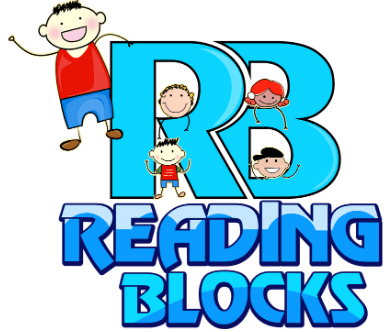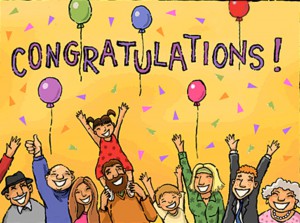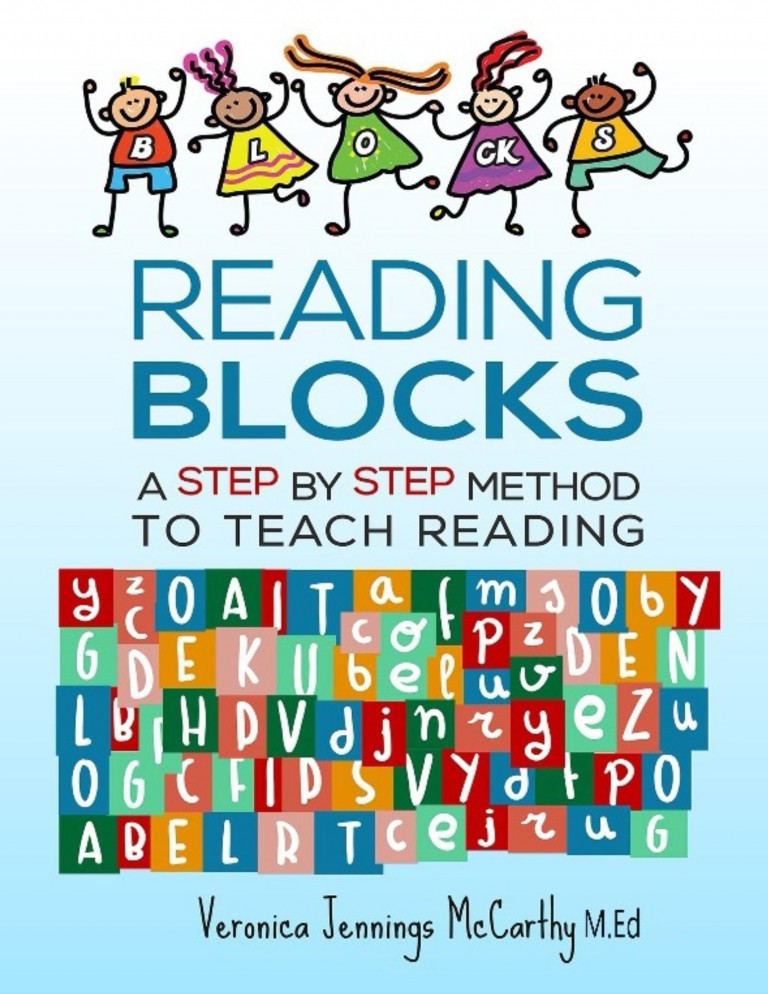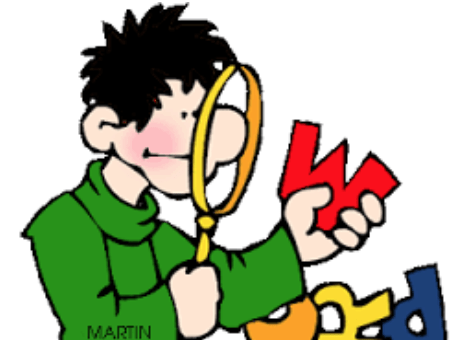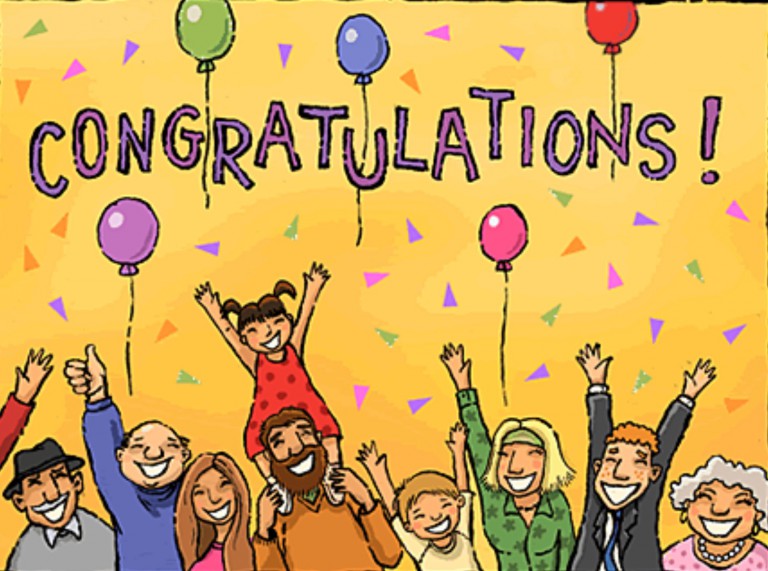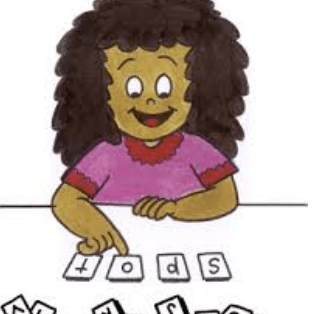Congratulations!
Learning how to read is arguably one of the best gifts you can give to another person that will contribute to his experiencing a fulfilling and productive life .The very fact that you are on this website means that you are considering helping someone learn how to read. Teaching someone how to read can have challenges but is also one of the most rewarding endeavors you will undertake. So, good for you!
Learning how to read opens the doors to unlimited opportunities and possibilities in a person’s life which otherwise might remain closed. We frequently hear incredible stories about someone who reaches an epic level of success in spite of his or her inability to read. But I want to add, for every amazing story of success, there are thousands upon thousands of stories of lives adversely impacted by the inability to read. Prisons are filled with men and women who cannot read. Maybe, many of them would not be in that situation if they were more successful in school, which requires adequate reading skills.
We live in an “information age” of computers and learning how to read has probably never been more important than it is right now. In this period of computers we are incredibly blessed to have an unprecedented wealth of knowledge freely available to everyone. The only condition required is the ability to know how to read and comprehend the information. This sometimes can be much easier said than done.
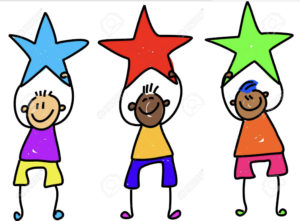 Three Types of Learners
Three Types of Learners
People learn how to read many different ways. Some people will learn effortlessly, using any program or system. Other people learn more slowly and laboriously, but continuously move ahead, like the turtle in the race. They eventually get the job done. And still another group of learners struggle immensely.
Progress for this third type of learner is usually very slow with possibly two steps forward and then one step backward. Some days it might seem like all steps are backwards. One day this type of learner knows a letter name or sound, and the next day, or even hour, this learner acts like he has never seen or heard of this letter or sound before. One moment this type of learner can read a sight word, and the next moment he cannot remember that same word. This third type of learner runs the risk of living a life of illiteracy if he does not receive the appropriate instruction. If this type of learner sounds all too familiar to you, don’t worry. Reading Blocks will work for all types of learners.
Decoding Versus Memorizing when Learning How to Read
 While testing a group of First graders, I observed one of the children reading a First grade level story perfectly. But she read almost too perfectly. Her style of reading led me to investigate a little deeper into her reading skills. I asked her to turn to the last page of the book and read that page starting at the last word instead of the first word. I wanted to see how she decoded individual words without the scaffold of having read the now familiar story. She was not able to read any word on the page. I discovered that she had memorized the whole book, as well as many other books, but could not decode individual words
While testing a group of First graders, I observed one of the children reading a First grade level story perfectly. But she read almost too perfectly. Her style of reading led me to investigate a little deeper into her reading skills. I asked her to turn to the last page of the book and read that page starting at the last word instead of the first word. I wanted to see how she decoded individual words without the scaffold of having read the now familiar story. She was not able to read any word on the page. I discovered that she had memorized the whole book, as well as many other books, but could not decode individual words
Obviously, memorizing all the books when learning how to read is not possible, and this child was falling farther and farther behind. In her mind, reading was memorizing. On closer inspection, I discovered that this reader did not know many of the alphabet sounds, and could not blend or segment sounds.
A struggling reader learns to compensate and blend in with the other children. Struggling readers have a myriad of strategies to keep under the radar of a teacher or parent, and also to keep from looking different. The longer this issue goes undetected, the longer it takes to rectify.
Ideally, a reading difficulty should be recognized during the second half of kindergarten. A struggling reader will begin to lag behind other readers at this time.
Lowered Self-Esteem
A very real and devastating effect of a reading difficulty is a lowered self-image or self-esteem. A  struggling reader can begin to feel inferior and start to avoid anything to do with reading. This avoidance eventually has a negative effect on other areas of learning, which continues to play havoc with the individual’s confidence. A person must internally KNOW he can succeed in order to be successful, and a person with a lowered self-esteem will begin to doubt his ability to succeed. Addressing this issue is a crucial factor in a successful tutoring plan.
struggling reader can begin to feel inferior and start to avoid anything to do with reading. This avoidance eventually has a negative effect on other areas of learning, which continues to play havoc with the individual’s confidence. A person must internally KNOW he can succeed in order to be successful, and a person with a lowered self-esteem will begin to doubt his ability to succeed. Addressing this issue is a crucial factor in a successful tutoring plan.
What Does a Reading Disability (Learning Difference) Look Like in Learning How to Read?
A reading disability is really just a learning difference. This learning difference can present itself in  many different ways. The learning difference can be severe or mild and everything in between. All levels of this learning difference have one component in common, the possibility of lower lifelong achievement for the individual. Even a mild learning difference in reading, not rectified, can decrease a person’s achievement in some area of his life. Maybe he will avoid reading in front of the class and later in life, public speaking. Maybe he will avoid learning a skill because it involves a lot of reading and later in life avoid a profession because there was too much reading required to obtain that goal.
many different ways. The learning difference can be severe or mild and everything in between. All levels of this learning difference have one component in common, the possibility of lower lifelong achievement for the individual. Even a mild learning difference in reading, not rectified, can decrease a person’s achievement in some area of his life. Maybe he will avoid reading in front of the class and later in life, public speaking. Maybe he will avoid learning a skill because it involves a lot of reading and later in life avoid a profession because there was too much reading required to obtain that goal.
A person with a learning difference in reading can display any of the following:
 Symptoms of a Learning Difference when Learning how to Read
Symptoms of a Learning Difference when Learning how to Read
- He might have trouble learning the letters and sounds of the alphabet.
- He might have a difficult time finding a rhyme for a word.
- He might have trouble learning and remembering sight words.
- He might know a sight word one day and not know the word 10 minutes later.
- He might have trouble trying to sound out bigger words.
- He might confuse or replace letters within a word (horse for house).
- When he does start to read, he might know a word in one sentence but not know the same word in the next sentence.
- He might not be able to recall some or most of what he just read.
- Different fonts in books may throw him off completely.
- He might pronounce big words incorrectly, mixing up the order of the syllables (mazagine for magazine, hostable for hospital, bisgetti for spagetti).
- He might have no observable trouble with reading in Kindergarten and First grade and then fall far behind in Second grade.
- An older learner might show a noticeable difference in what he can tell you orally and what he will write on a test.
- He might read painfully slow and so avoids reading at all cost. He might learn much better when listening or viewing versus reading.
- A common factor in all levels of learning differences in reading is that at some point the learner begins to avoid reading. This aversion to reading grows and the learner begins to fall farther and farther behind.
- Another common factor is that all the learners with this learning difference can improve their reading skills. This learning difference is conquerable.
The Process of Learning How to Read
Learning to read is a very complicated proceedure. When you take a look at everything involved in 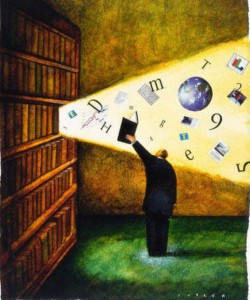 this process, it’s a wonder anyone learns how to read. But we do, and some people even learn to read effortlessly.
this process, it’s a wonder anyone learns how to read. But we do, and some people even learn to read effortlessly.
Our miraculous brains are wired to be able to understand that an abstract symbol can represent something else. Almost every 5 year old can look at a picture of a bird and make the connection in their brain between the picture and the real thing. He can also understand that this mark on the paper represents a sound. That’s not the hard part. The hard part comes when we take the symbol, “a” for instance and we give it a name, “AE”. Then we give it a sound, /a/ like in “cat” and another sound /ae/ like in “cake” and another sound /aw/ like in “tall” and sometimes it’s even silent like in “coat”.
Now that alone could make a person want to quit. But then we go on to name 25 more letters each having its’ own sound or sets of sounds. Then we start to combine all these sounds into pairs or groups which can then change the sound, /th/, /sh/, /ch/, /thr/, and on and on. And if all this isn’t difficult enough, we throw in words from different languages which have their own set of rules and pronunciations, for example “tortilla”.
 Everyone Can Learn How to Read
Everyone Can Learn How to Read
Despite all these challenges, almost everyone can learn how to read. We are able to take these abstract symbols that we call letters, give them a sound, and combine the sounds to form words. We can then assemble the words into strings of words or sentences and form a coherent thought. Then we can string the thoughts together to form more complicated thoughts which transfer knowledge and learning from one person to another.
This system is advantageous to everyone. Just take a look at the improvements and inventions our society has made in the last 50 years. This is possible because of sharing and building upon past discoveries. A person today can read about another persons’ thoughts from a hundred years ago just by knowing the code they used.
Seven Components in Learning How to Read 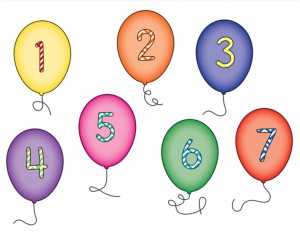
There are seven components to discuss in the reading process. They are:
- Phonemic Awareness
- Letter Name and Sound Knowledge (Alphabet)
- Decoding/Phonics Rules
- Sight Words
- Comprehension
- Fluency
- Vocabulary
For a closer look at each component, as well as strategies to strengthen each skill, click on each respective tabs in the menu.
Comprehension Fluency and Vocabulary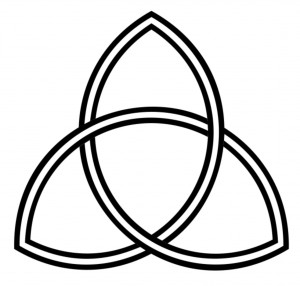
Decoding skills must be mastered first before assessing comprehension, fluency and vocabulary levels. Often times a reader looks like he has an issue with one of these three areas but the real issue is his decoding ability.
Sometimes, a reader with good comprehension skills might begin to have a comprehension issue when first reading expository material like science. This type of reading has more challenging vocabulary and is harder to read and understand. There are specific comprehension strategies to use in this situation. You can find comprehension strategies on the Comprehension Page.
Fluency and vocabulary naturally improve when the reader reads more. Dr. Stanovich called this phenomenon the “Matthew Effect”. Strong readers get stronger while weak readers fall farther and farther behind with each passing year. This is why it is so crucial to identify a struggling reader mid way through Kindergarten. Fluency and Vocabulary strategies can be found on their respective pages.
The Most Effective Way to Teach Reading
Studies have shown that the most effective way to teach reading to all types of learners is with a
 program that is:
program that is:
- research based;
- directly taught in a sequential and cumulative manner;
- uses multisensory techniques;
- offers review and repetition as needed;
- is phonics based.
In other words, taught in identifiable chunks of knowledge, according to a definite map of what chunks to know at what time and in what order, and utilizes a specific learning technique. Each new progression builds on the previous step.
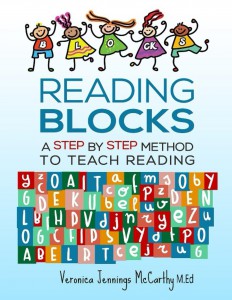
Reading Blocks: A Step by Step Method to Teach Reading is designed to fulfill all these requirements. This program guides you step by step through the process of designing and implementing a reading program that fits the unique needs of each learner, instead of trying to force the learner to fit the program. Reading Blocks is suited for all learning differences including: Dyslexia, Autism, Central Auditory Processing Disability (CAPD), ADD, ADHD, and more. If you know anyone learning how to read, share this page. They will thank you.
